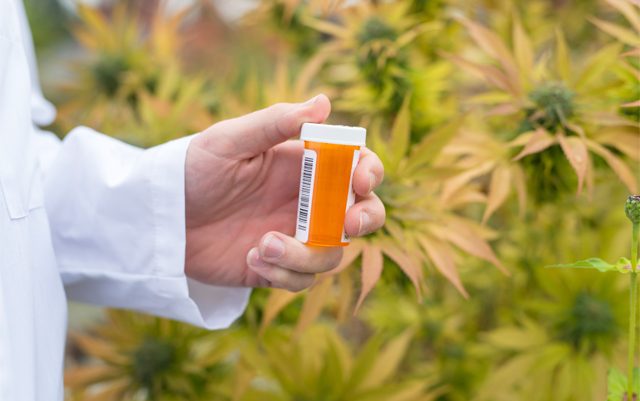Last year lawmakers decided to legalize medical marijuana in Ohio before voters got the chance to put an initiative on the ballot – and the law went into effect in September of 2016 even though medical cannabis won’t actually be available to patients until later this year at the earliest. Since then those lawmakers have been working to determine how to move forward with the new law as far as regulating the cultivation, sale and possession of the now legal medicinal herb.
The first set of proposed regulations was released this week and will be up for public comment until March 10th – and while not overly restrictive they are on the more conservative side (although that fits in with the surrounding states). They have put a ban on advertising that could be considered marketing to children, including branding with cartoon characters. There is also a ban on edibles that look like popular candies or are shaped like fruits, and all edibles will require child-resistant packaging.
However, the part that is most surprising is the way they have chosen to define a 90 day supply of medical marijuana. This is one of the most difficult things for lawmakers as doctors cannot recommend a specific dosage as they would with most medicines. Because of this, they have broken it down into multiple categories that makes the most a patient can purchase or possess in a 90 day period six ounces – or the equivalent in THC content.
“I think this is the right approach because we’re in the middle of the pack of states that have adopted this,” Steven Schierholt, executive director of the State Board of Pharmacy, told the Ohio Medical Marijuana Advisory Committee on Thursday. “We’ve benefited from what other states have done and have the benefit of their successes and failures.
They have also broken down cannabis flower into two separate categories as well – that containing THC content of 23% and below (which is said to be most effective for many medical conditions) and a THC content of above 23%. While the limit for cannabis flower with less than 23% THC is six ounces, the limit for flower with a higher concentration of THC is only 4 ounces. The state also broke this down to 40.5 grams of THC oils for vaporizing, 19.8 grams in transdermal patches and 9 grams for edibles and tinctures.
Not only does this limit put them on par with nearby states and put them in a handful of states that allow only 7 ounces or less of medicinal cannabis in a 90 day period, but it also makes them the first to define a specific amount of THC for each type of product expected to be sold. While it is not an unreasonable amount, it may not be enough for some patients – and then there is concern about high fees (which will likely be paid by the manufacturer) that could make the medicine too expensive for patients.
Lawmakers will tell you this is exactly what the public comment period is for – luckily these regulations will have to go through multiple reviews before being put into practice. They still have to be approved by the Medical Marijuana Advisory Committee, the Common Sense Initiative and the Joint Committee on Agency Rule Review before any of it is permanent – so there is still time for some things to change in the coming months.






